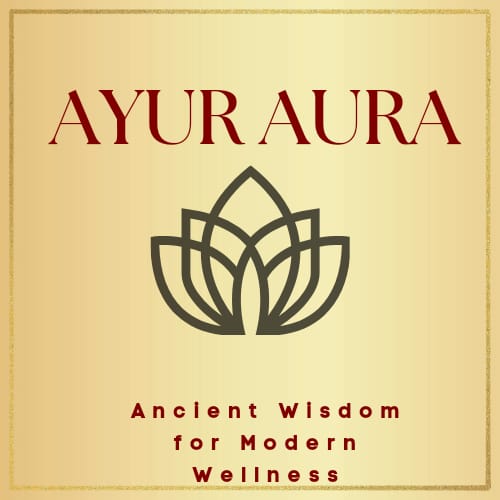Panchakarma Procedures

Panchakarma is a cornerstone of Ayurvedic medicine, renowned for its profound detoxification and rejuvenation capabilities. The term “Panchakarma” translates to “five actions,” referring to the five primary procedures designed to cleanse the body of toxins, balance the doshas (Vata, Pitta, and Kapha), and restore overall health and vitality.
The five key procedures of Panchakarma are:
Vamana (Therapeutic Emesis): A controlled process of induced vomiting to eliminate excess Kapha, primarily from the respiratory and digestive systems. This procedure is particularly effective for treating conditions like asthma, bronchitis, and sinusitis.
Virechana (Purgation): A method of cleansing the liver, gallbladder, and small intestine through therapeutic purgation. Virechana targets excess Pitta, alleviating skin disorders, chronic fevers, and digestive issues.
Basti (Enema Therapy): Considered one of the most powerful therapies, Basti involves the administration of medicated oils or herbal decoctions through the rectum. It is highly effective in balancing Vata dosha, treating conditions like arthritis, constipation, and neurological disorders.
Nasya (Nasal Administration): This therapy involves the administration of medicated oils or powders through the nasal passages. Nasya cleanses and rejuvenates the head and neck region, helping to treat migraines, sinusitis, and mental disorders.
Raktamokshana (Bloodletting): A method of detoxifying the blood, Raktamokshana is particularly effective for treating conditions caused by an excess of Pitta, such as skin diseases, hypertension, and gout.
Panchakarma not only detoxifies the body but also strengthens the immune system, enhances mental clarity, and revitalizes the entire being. Each procedure is carefully customized to the individual’s unique constitution, ensuring a holistic and personalized approach to healing.

